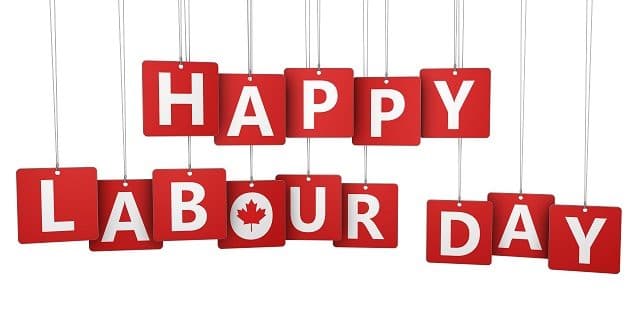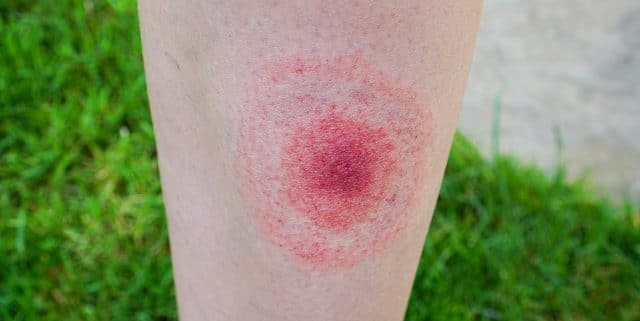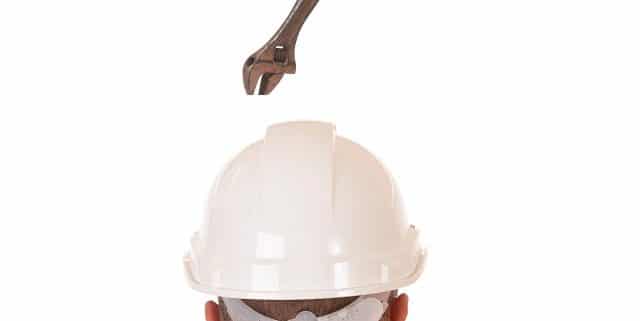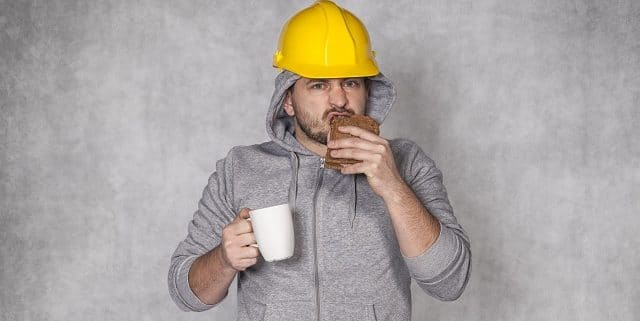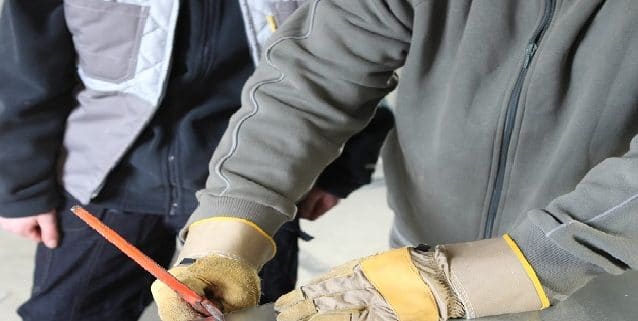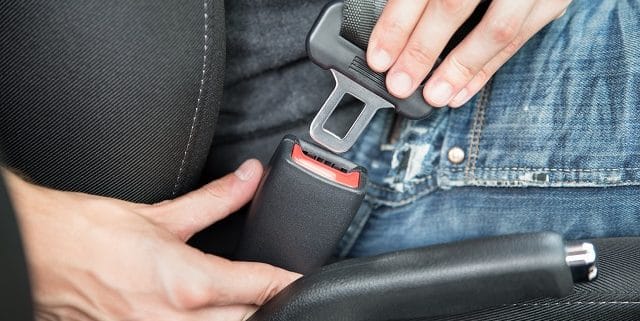Slips trips and falls are the second highest cause of workplace incidents. Resulting in anything from a minor injury to the worst case scenario…death. The cause can be from cords, uneven terrain, poor housekeeping, not following safety protocol and many more. Here are some pointers to reduce the risk of slips, trips and falls.
Good housekeeping goes along way. Keep the ground or floors free of tools, cords and debris. If something cannot be removed, flag it off so other workers will see it. Clean as you go. This goes for ice snow and mud. You may have to do a clean up more than once a day. Do as needed. Be sure to put up wet floor signs if you have just freshly mopped. Now when it comes to heights, follow the proper procedures. Always tie off with the proper equipment for the job. Inspect your fall pro gear every time you use it. Railings should be installed where possible, all ladders should have a 3 foot extension. When climbing, always use 3 points of contact. And this should go without saying but no running at any time.
Even the tiniest of slips or trips can cause serious injuries such as throwing out your back or sprains. We have all stumbled over our own feet now and then, but the removal of all other hazards will reduce our chances of an incident.

